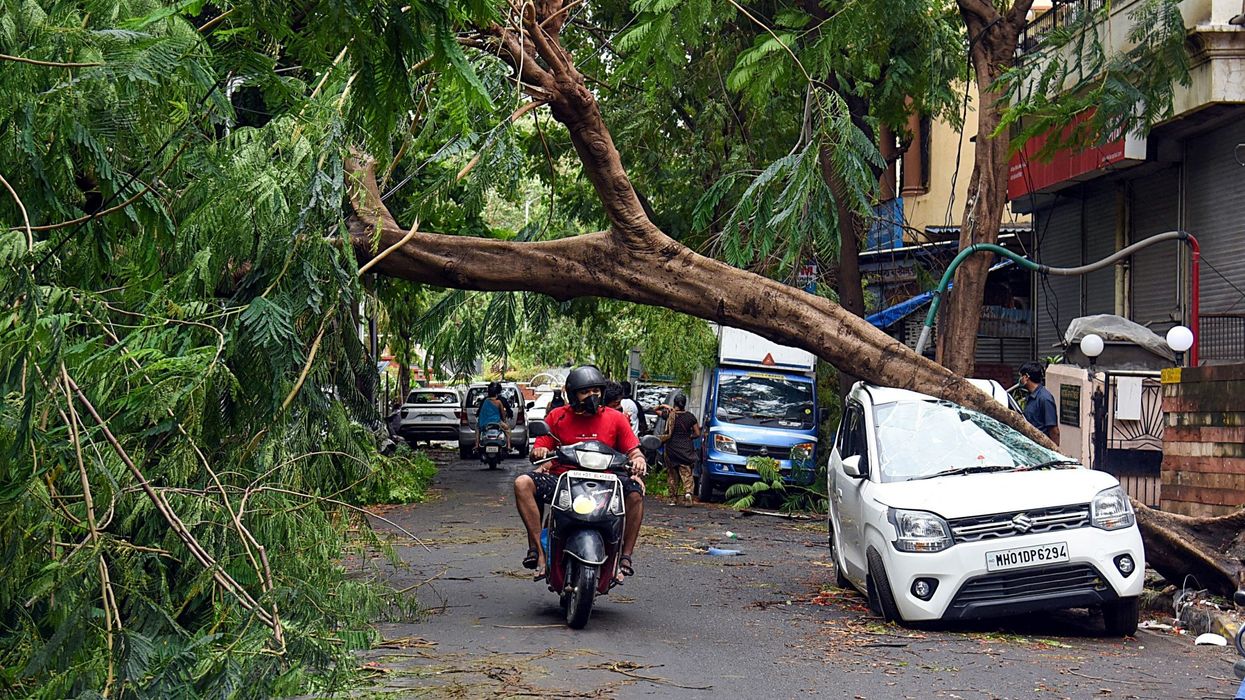AFTER cyclone Tauktae, a new cyclonic storm named cyclone Yaas is brewing in the southeastern part of India and expected to start forming in the Bay of Bengal by May 22, India Meteorological Department (IMD) informed on Wednesday (19).
“Low pressure of the new cyclonic storm is expected to start forming in the Bay of Bengal by May 22. May 23 should mark the depression stage, and the final cyclonic storm is expected to hit by May 24-25," RK Jenamani, senior scientist at IMD told ANI.
Cyclone Yaas will affect West Bengal and Odisha. The region will experience heavy rainfall from May 22-26, IMD said. A cyclone alert has been issued in this matter by the National Disaster Management Authority (NDMA) and those at sea are advised to return to safety before May 23.
“New Low-Pressure area likely to form in Bay of Bengal around 22 May To intensify into a Cyclonic Storm and reach West Bengal and Odisha Coast by 26 May. Sea conditions to remain rough in Bay of Bengal from 21 May onwards. Fishermen requested to return to shores. #CycloneAlert,” tweeted NDMA.
Yaas will be the second cyclone to hit covid-battered India. Cyclone Tauktae ravaged the southwestern part of the country with immense damage reported in Gujarat where almost 80 people are feared to have died, many killed by collapsing houses.
The cyclone also caused an oil-PSU-owned barge to break anchor and go adrift before sinking in and drowning the crew members on Tuesday (18). While many of them were rescued in massive operations, about 38 are still missing as navy planes and helicopters continue to scour the Arabian Sea for any more survivors.
Tauktae has now weakened as it moved northeast, causing heavy rain in northern India including New Delhi, which reported to have recorded its wettest and coldest day in May in 70 years.
Cyclones in the Indian sub-continent are becoming both more frequent and stronger in April and May just before the monsoon season as climate change leads to warmer sea temperatures, scientists say.
Last May, "super cyclone" Amphan killed more than 110 people when it ravaged eastern India and Bangladesh, flattening villages, destroying farms and leaving millions without electricity.












